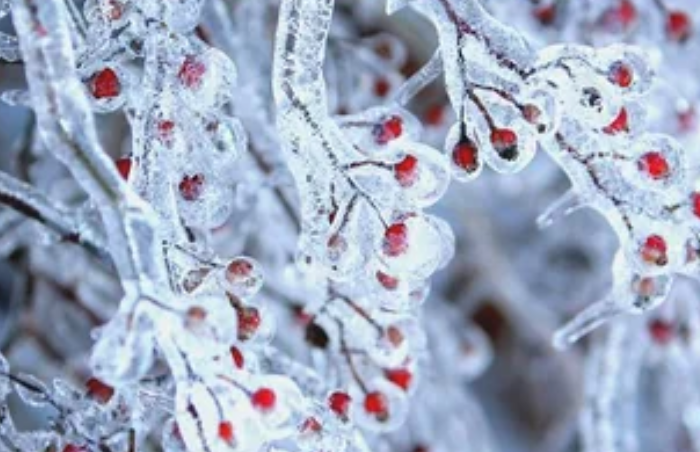
Hungary’s cherry industry is on the brink of its worst disaster in a quarter-century, after brutal April frosts wiped out up to 90% of the country’s fruit-growing areas, according to reports from Hungary Today. The sudden collapse of this year’s cherry crop has sent shockwaves through Hungary’s agricultural sector, threatening farmers’ livelihoods and raising prices for consumers.
🧊What Happened?
In early April, just as the 2025 growing season was showing promise, an unusually harsh cold snap brought temperatures below –8°C across key fruit-producing regions. The frost struck at the worst possible time, right as cherry trees were blooming—making them extremely vulnerable to freezing conditions.
Despite modern frost protection efforts, including wind machines, heaters, and water-based systems, the “transported frost”—a rare meteorological pattern where cold air rapidly descends from elsewhere—overwhelmed all defenses. Experts say this type of frost is nearly impossible to mitigate, even with the latest farming technologies.
📍Where Was Hit the Hardest?
The most severe losses occurred in:
- Pest County
- Heves County
- Szabolcs-Szatmár-Bereg County
These regions form the core of Hungary’s cherry production zone, accounting for the majority of the country’s 2,500 hectares of cultivated cherry land. Only areas near Lake Balaton were spared the worst, thanks to the lake’s moderating microclimate.
According to the FruitVeB Hungarian Fruit and Vegetable Association, crop losses of 80–90% are expected in most areas. Hungary typically produces 10,000–12,000 tons of cherries annually, but 2025’s harvest could fall below 5,000 tons, similar to previous disaster years.
💸The Economic and Consumer Impact
The consequences are severe:
- Massive financial losses for growers who had already invested in seasonal labor, fertilizer, and frost protection
- Significant income gaps for agricultural workers and seasonal pickers
- Higher cherry prices for consumers across Hungary and Europe
- Reduced supply for food processors and export markets
For many semi-intensive growers—who make up 80–90% of Hungary’s cherry sector—the frost is more than a temporary setback. It could be a long-term existential threat, especially as labor shortages and climate unpredictability continue to strain their operations.
🌍Why These Frosts Are So Concerning
This disaster is part of a growing global pattern: while average temperatures rise due to climate change, weather extremes become more severe and less predictable. Late frosts are especially devastating because they:
- Strike suddenly
- Coincide with critical crop stages
- Are difficult to forecast and protect against
Farms worldwide are now experiencing the paradox of climate change: warmer years paired with sudden deadly cold snaps, jeopardizing food security.
🛠️What’s Being Done?
Hungarian farmers are now:
- Investing in better frost protection systems, including thermal and wind-based solutions
- Considering more resilient cherry varieties or even switching crops entirely
- Exploring greenhouse and high tunnel cultivation, especially for high-value fruits
- Calling for government support to survive the financial fallout and adapt for the future
However, many small-scale farmers may not be able to afford the transition, raising concerns about the future viability of cherry growing in Hungary.
🍒Looking Ahead
The full scope of the damage will be clearer in the coming weeks, but the signs point to a historic collapse of Hungary’s cherry crop in 2025. With cherry production deeply embedded in the country’s agricultural identity and export economy, this year’s losses serve as a wake-up call: adapting to extreme climate volatility is no longer optional—it’s essential for survival.

Illustration picture. Source: https://www.reddit.com/r/NatureIsFuckingLit/comments/dz59hc/frozen_cherry_tree/


























